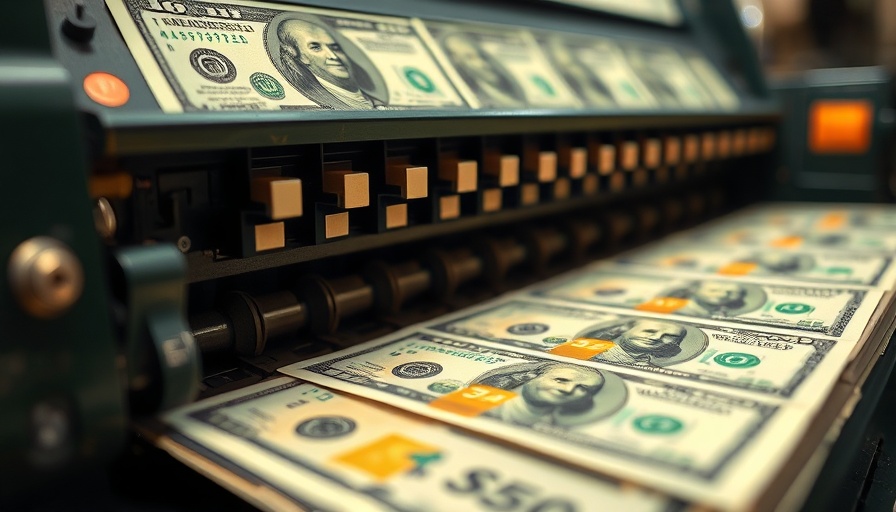
The Proposal: A $250 Bill Featuring Donald Trump
In a controversial announcement that has captured public attention, Representative Joe Wilson (R-SC) has proposed the creation of a new $250 bill adorned with the visage of former President Donald Trump. This initiative, dubbed the "most valuable bill for the most valuable President," aims to address what Wilson describes as "Bidenflation"—a term used to critique inflation rates during President Joe Biden's administration.
Historical Context: Living Figures on Currency
The idea raises crucial questions about U.S. currency regulations, particularly a law enacted in 1866 that mandates only deceased individuals can be featured on federal banknotes. This restriction was put in place after an uproar over portraying a living Treasury official on currency. Thus, should Wilson's proposal move forward, it would necessitate a significant legislative change, making Trump the first living president depicted on U.S. currency—a point that adds layers of complexity to the proposal.
Political Motivations: Navigating the Current Climate
Wilson's proposition has fueled discussions about the political landscape and the Republican Party's ongoing affinity for Trump. By framing the proposal as a remedy for economic struggles faced by Americans, Wilson is leveraging current sentiments against rising living costs and inflation. This sentiment resonates particularly within certain voter blocks, as Republicans look to solidify their base ahead of upcoming elections, aligning with Trump's branding as a champion for American fiscal responsibility.
Implications of the Proposal: What It Means for Currency
If transformed into law, the $250 bill would sit alongside already existing denominations, but its introduction could have ramifications beyond mere currency. Financial experts argue that higher-denomination notes can stimulate cash flow management but also potentially increase money laundering risks. Moreover, such a bill could symbolize a monumental shift in how currency is perceived amid inflationary pressures, making it a central topic in economic discussions.
Public Reactions: Divided Perspectives
Responses to this proposal have been mixed. Supporters appreciate the innovative approach to combat inflation, believing it will ease cash transactions, whereas critics view it as a disconnection from reality—a political stunt amid serious economic challenges. Online forums and public discourse have already sparked debates about Trump's legacy versus the economic implications of such currency changes.
Looking Ahead: What’s Next for the $250 Bill?
The bill hasn’t yet been formally introduced in Congress, and a timeline for its progression remains uncertain. However, should it gain traction, Wilson's proposal could lead to a broader conversation on currency, value perception, and historical precedents in American economic policy. As inflation rates fluctuate, conversations about practical solutions to economic woes will remain crucial.
In conclusion, while the prospect of a $250 bill featuring Donald Trump serves as a provocative idea, it also encapsulates larger issues regarding economic policy and political strategy. As discussions around this proposition continue, one must consider its multifaceted implications for American fiscal practices and the messaging it conveys about our current economic realities.
 Add Row
Add Row  Add
Add 




 Add Row
Add Row  Add
Add 



Write A Comment